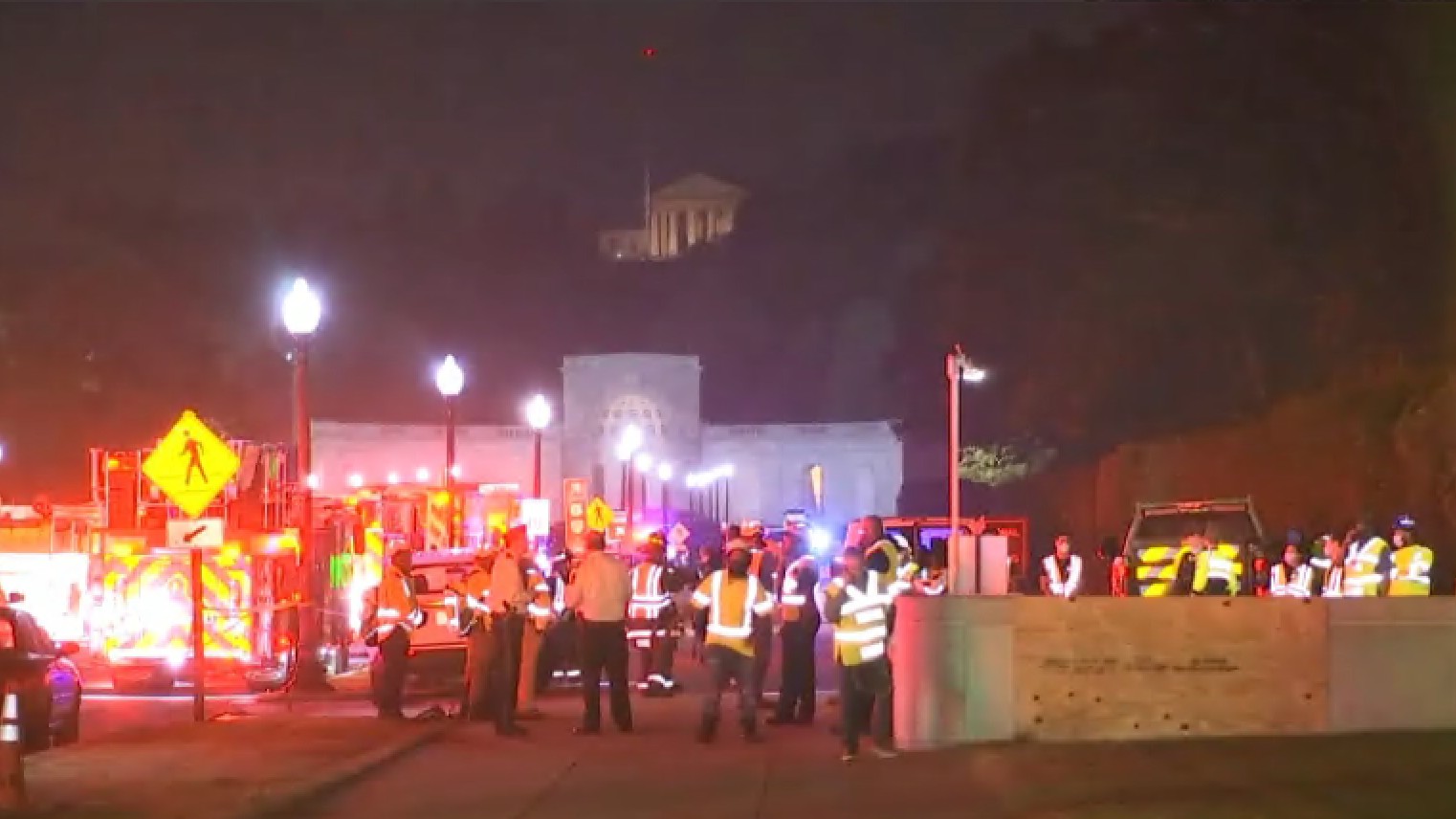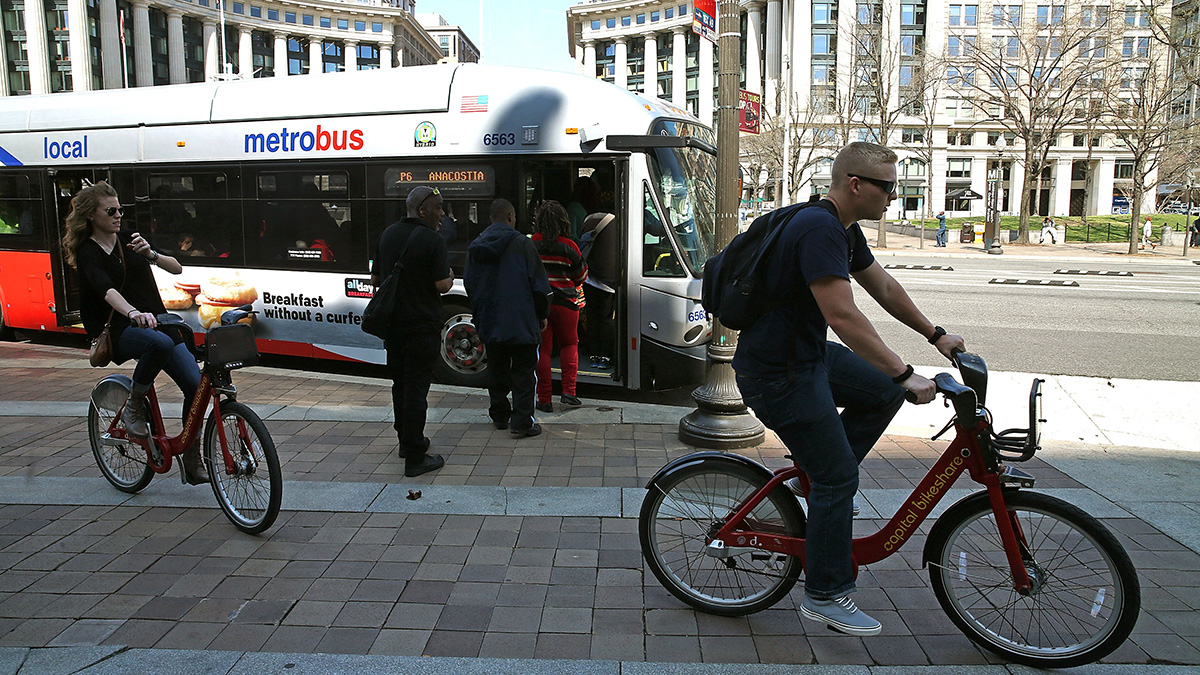Metrorail service will be reduced “at least” through the end of this week after a federal investigation of a train derailment last week pointed to a larger problem.
Metro told riders to expect the following through at least Sunday, Oct. 24:
- Trains on the Blue Line, Green Line, Orange Line and Silver Line will operate every 30 minutes.
- Trains on the Red Line will operate every 15 minutes.
- Silver Line trains will only operate between Wiehle-Reston East and Federal Center SW.
Metro took all 748 of its 7000-series railcars out of service on Monday pending inspections. These train cars, the newest in the system, make up about 60% of Metro’s railcar fleet.
We've got the news you need to know to start your day. Sign up for the First & 4Most morning newsletter — delivered to your inbox daily. Sign up here.
The trains “will not return to service until they are deemed safe,” Metro said in a statement Monday evening.
Metro General Manager Paul Wiedefeld apologized to riders for the service cuts.
“Safety remains Metro’s number one priority,” he said in a statement. “While we continue working hand-in-hand with the NTSB, FTA, and WMSC on the investigation, I want to assure our customers that their safety is driving every decision being made. We apologize for the reduced service, and ask for our customers’ continued patience and support as we work to get Metro back to normal operations. I want to thank Metro employees who are working around the clock. Your dedication is appreciated.”
What Metro Riders Should Expect This Week
Riders should expect trains every 30 minutes, even during rush hours. The Red Line is an exception, with trains every 15 minutes.
Metro officials told riders to consider alternatives to Metrorail.
D.C. Public Schools said students should plan extra time to get to school this week. Students who arrive late will be marked as excused, DCPS said.
Why Is Metro Cutting Service?
Federal officials are investigating why a Metro train derailed on the Blue Line near the Arlington Cemetery station last week, on Tuesday, Oct. 12.
Nearly 200 riders sat on the dark train and then walked through a tunnel the equivalent of about six football fields to get to safety. Some riders reported smoke on the train and made panicked calls to family members to tell them they loved them, fearing the worst.
One person was taken to a hospital. Many more people could have been hurt or even killed, Jennifer Homendy, chair of the National Transportation Safety Board (NTSB) said at a news conference Monday morning.
“The potential for fatalities and serious injuries was significant. This could have resulted in a catastrophic event,” she said.
What Metro Safety Issues Have Been Found?
Investigators discovered a problem with the wheels on the 7000-series trains, according to the preliminary probe. The wheels appear to have moved outward, causing the cars to come off the tracks.
Metro officials have been aware since 2017 of equipment problems that appear to have caused the derailment last week, the NTSB said Monday.
The train that derailed had two other minor derailments the same day and was able to get back onto the tracks, Homendy said. The train derailed and re-railed itself once near the Arlington Cemetery station at about 3:20 p.m. and again near the Largo Town Center station at about 4:15 p.m.
Problems with the wheels have been found 52 times in total since 2017, including 18 times this year before the derailment.
When Will Full Metro Service Return?
We don’t know yet. Investigators are looking at 7000-series trains one by one to try to find any safety hazards.
What Alternatives to Metro Are There?
Here are a few ideas, including riding the D.C. Circulator bus and using apps to make the most of your commute.



